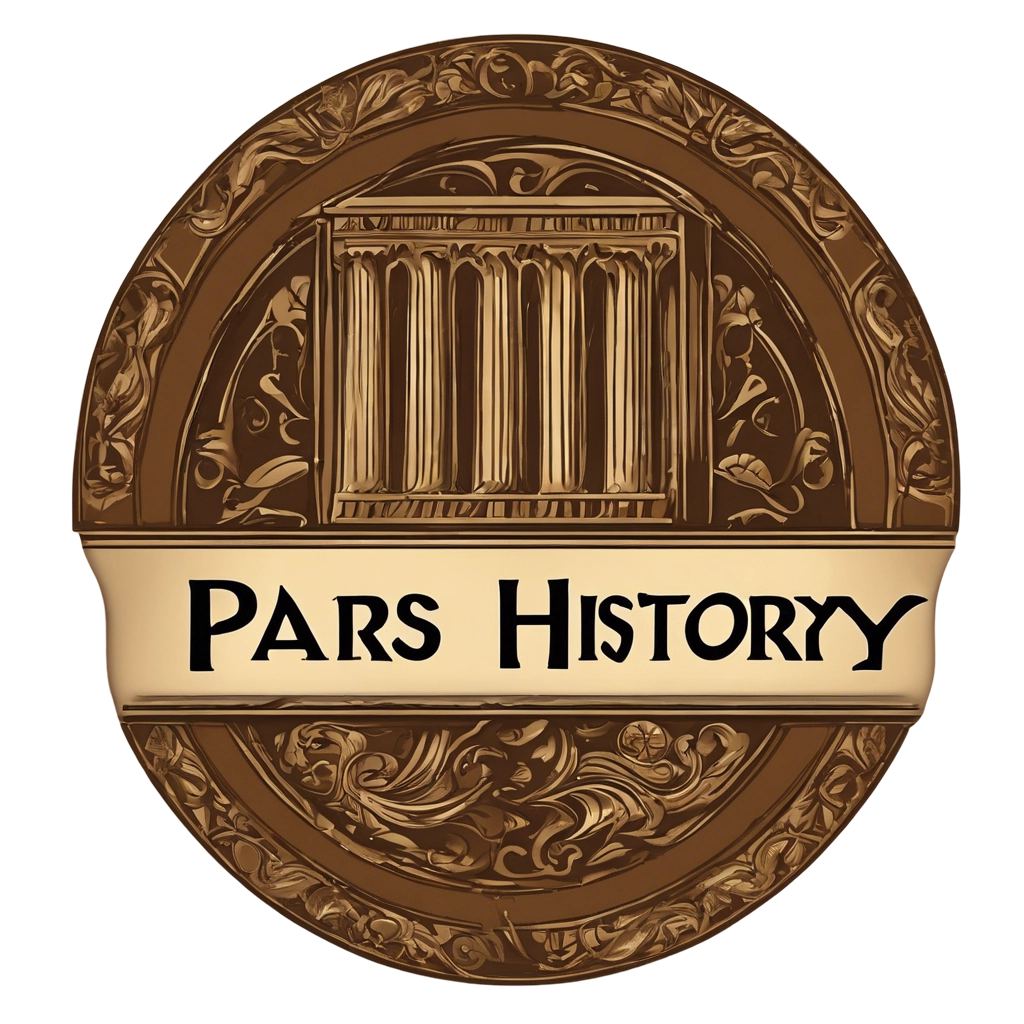Mongol Empire (Ilkhanate)
Ilkhanate (1256–1353)
The Ilkhanate was one of the four main divisions of the Mongol Empire, established after the conquests of Hulagu Khan, a grandson of Genghis Khan, in Persia and surrounding regions. The term “Ilkhan” means “subordinate khan,” reflecting the Ilkhans’ nominal allegiance to the Great Khan in Mongolia.
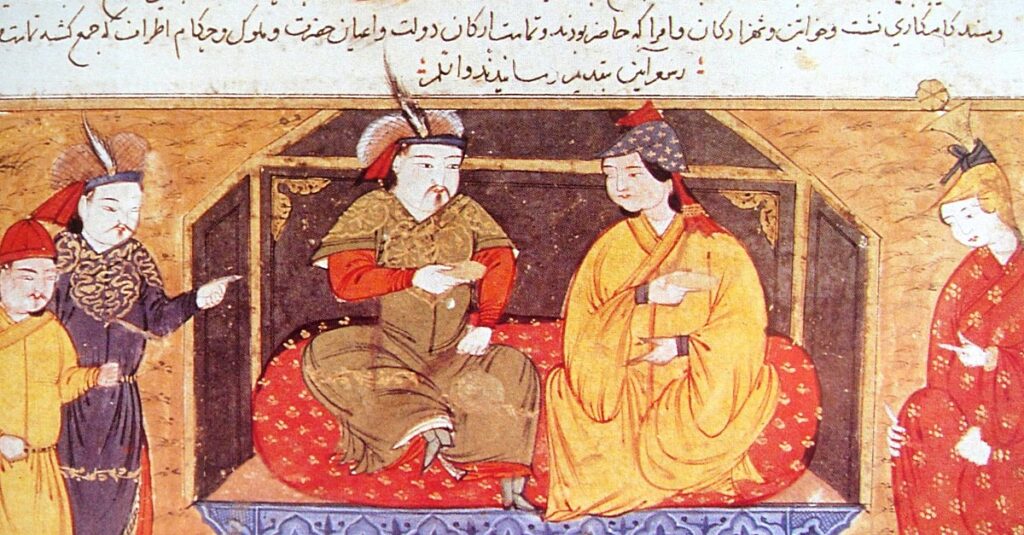
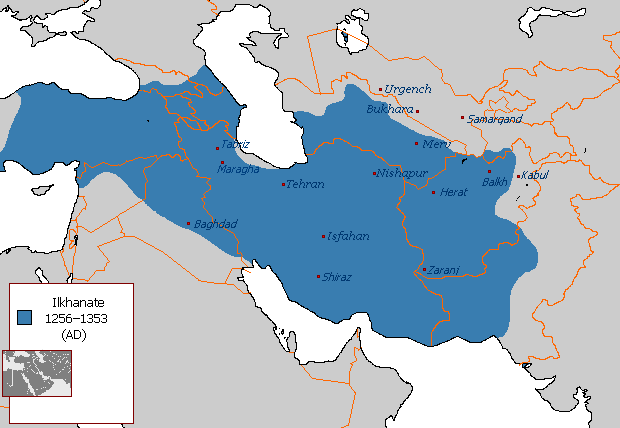
Foundation and Expansion
- Hulagu Khan launched his campaign in the 1250s with the aim of expanding Mongol rule into the Islamic world.
- One of his most significant conquests was the fall of Baghdad in 1258, which ended the Abbasid Caliphate, a major political and religious power in the Islamic world.
- Hulagu’s forces then secured control over Persia, Mesopotamia, parts of the Caucasus, and Anatolia.
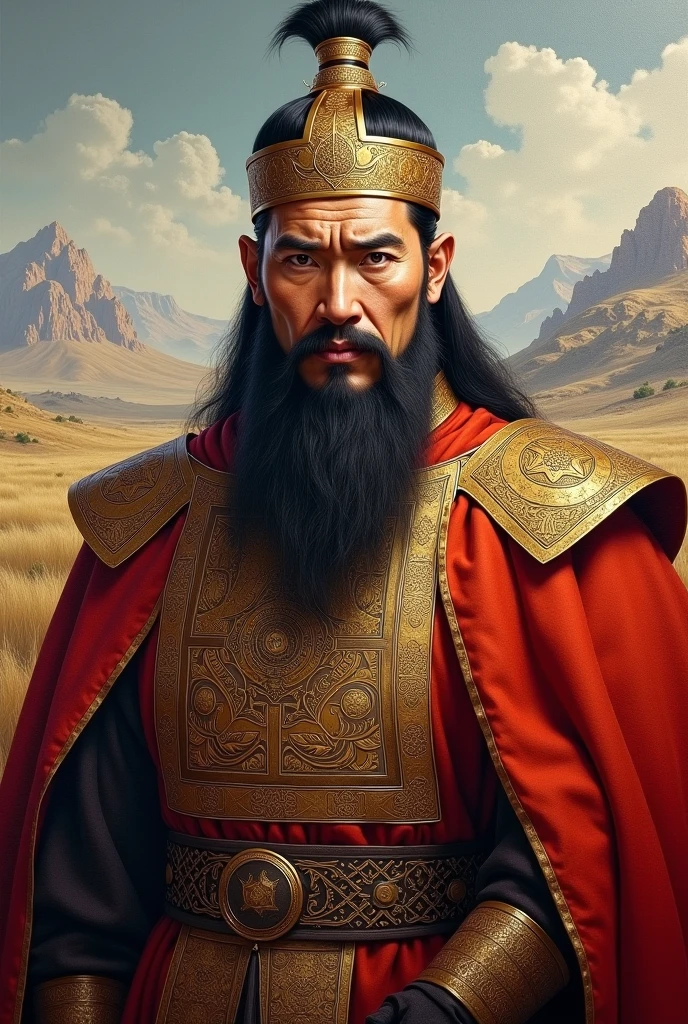
Oljeitu (1304-1316)
- Initially a Sunni Muslim, he later embraced Shia Islam.
- Commissioned the construction of Soltaniyeh Dome, a UNESCO World Heritage Site.
Abu Sa’id Bahadur Khan (1316-1335)
- Last significant ruler of the Ilkhanate.
- His death led to political fragmentation and the eventual collapse of the dynasty.
Key Rulers
Hulagu Khan (1256-1265)
- Founder of the Ilkhanate.
- Led the brutal sack of Baghdad and defeated the Assassins (Nizari Ismailis) at Alamut Castle.
Abagha Khan (1265-1282)
- Maintained relative peace and stability in the region.
Arghun Khan (1284-1291)
- Promoted trade with Europe and sent envoys to Western powers.
Ghazan Khan (1295-1304)
- Converted to Islam and initiated significant reforms in administration, taxation, and religion.
- Strengthened the Persian cultural identity of the Ilkhanate.
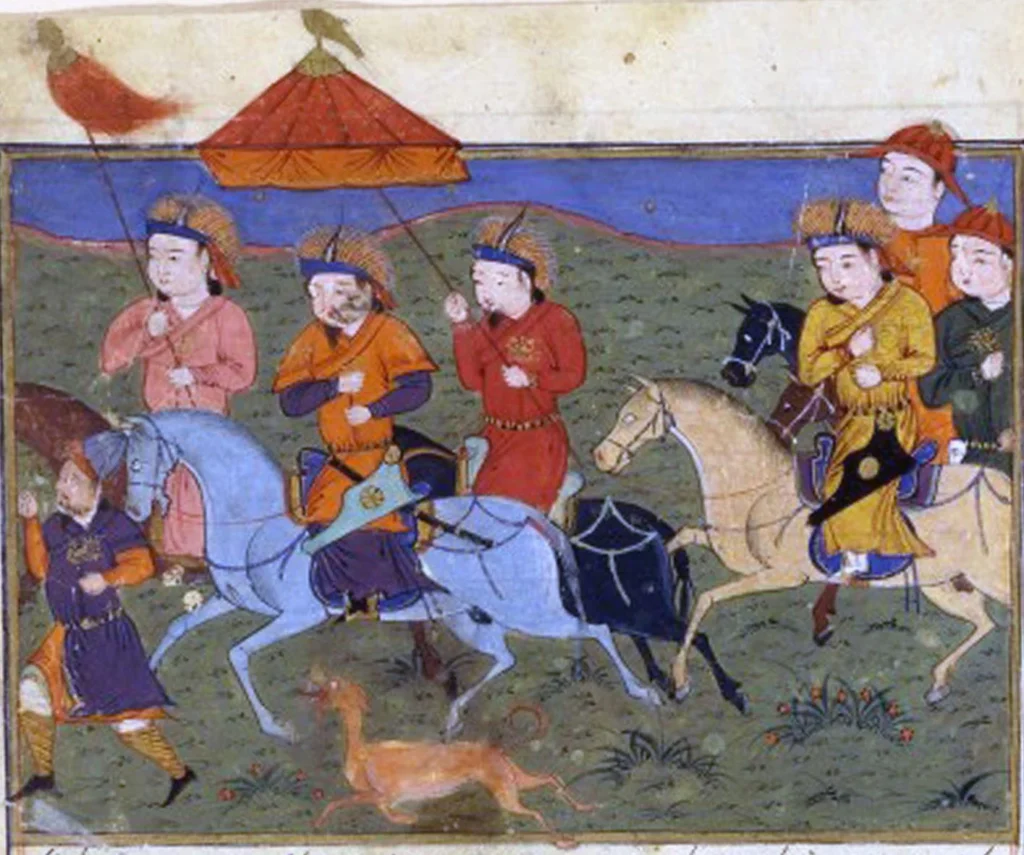
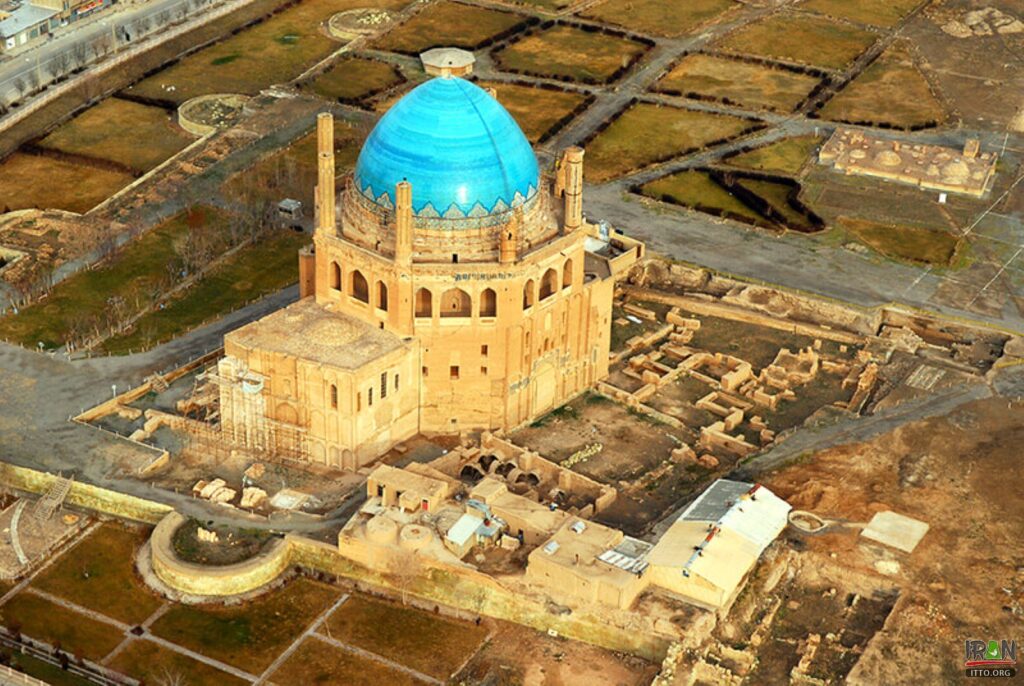
Administration and Culture
- The Ilkhanate adopted many Persian administrative practices, and Persian remained the language of governance and literature.
- Mongol rulers were initially shamanists but gradually converted to Islam (especially after the reign of Ghazan Khan).
- The Ilkhans were patrons of architecture, literature, and science. Notable cultural contributions include the construction of Soltaniyeh and advancements in astronomy and historical writing (like the works of Rashid al-Din).
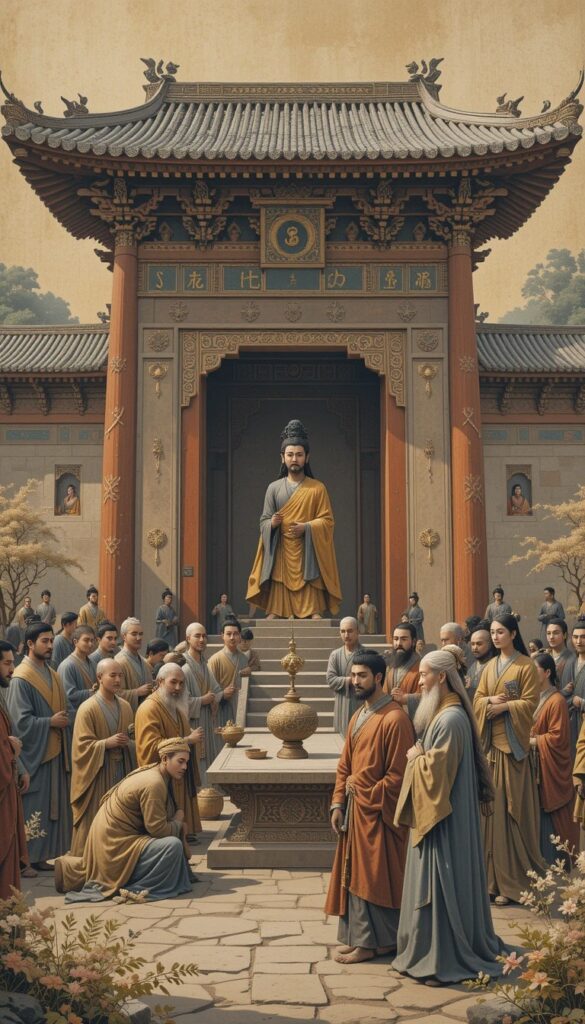
Religion
- Initially, Mongol rulers tolerated multiple religions, including Buddhism, Christianity, and Islam.
- Over time, Islam became the dominant faith, especially after Ghazan Khan’s conversion in 1295.
Trade and Economy
- The Ilkhanate played a crucial role in the Silk Road trade, connecting East Asia with Europe and the Islamic world.
- Under their rule, trade flourished, and the region experienced periods of prosperity.

Relations with Other Powers
- The Ilkhans had both cooperative and adversarial relationships with the Golden Horde, another branch of the Mongol Empire.
- They sought alliances with European powers against the Mamluks of Egypt, who defeated the Mongols at the Battle of Ain Jalut (1260).
Decline and Fragmentation
- After Abu Sa’id’s death in 1335, the Ilkhanate fragmented into smaller states, such as the Chobanids, Jalayirids, and Muzaffarids.
- These successor states often fought among themselves, leading to political instability.
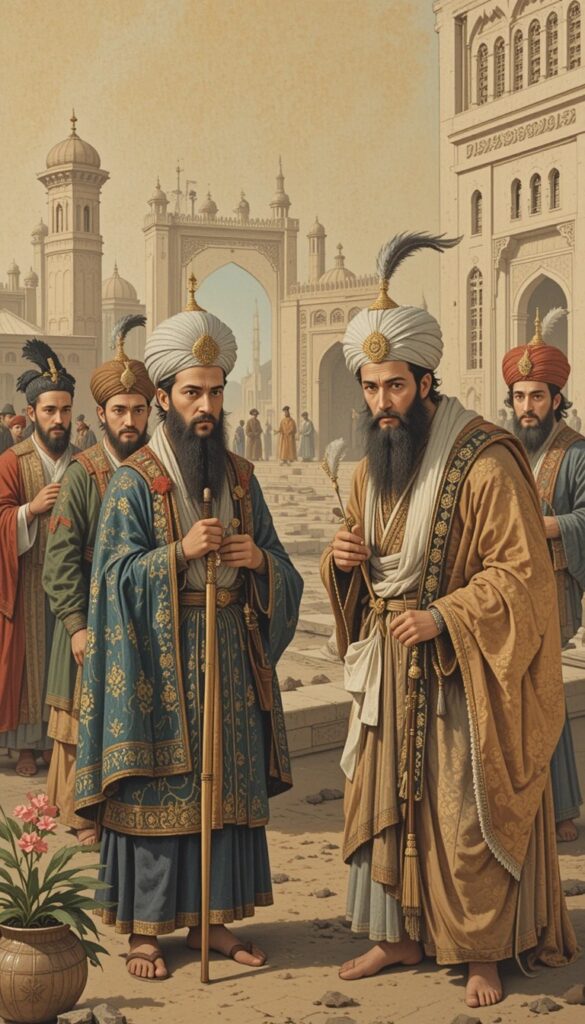
Legacy
- The Ilkhanate left a lasting legacy in the history of Iran and the Middle East.
- Their adoption of Persian culture and Islam influenced subsequent dynasties, including the Timurids and Safavids.
- Architecturally, structures like the Dome of Soltaniyeh remain as testaments to their patronage of art and architecture.
